I'm doing a log sine sweep to get the frequency response of a device.
The software works fine, but the first low frequency half period introduces a bit of DC offset in the signal coupling caps, so the DC operating point of the thing moves a bit at the beginning of the signal... and I want to keep the DC operating point stable.
So I was thinking about reversing the sweep, starting with the high frequency and ending with the low frequency. That way the last bit of very low frequency will still cause some leftover offset in the coupling caps, but it'll be after the measurement, so who cares.
Is there any reason why this isn't usually done?
Here's an example of the first half-period interacting with the AC coupling caps in the circuit. The peaks move up and down.
With the waveform reversed in the time domain, it stays centered.


